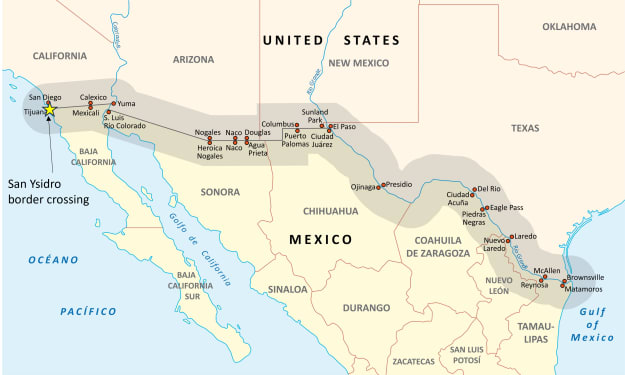The Fascinating Science Behind Joint Popping: Debunking Myths and Unraveling the Truth
Exploring the Effects and Safety of Cracking Your Joints

Have you ever caught yourself absentmindedly popping or cracking your joints? If so, you're not alone. Many individuals find this habit strangely satisfying, but have you ever wondered what exactly happens when we crack our joints? Furthermore, does this common practice have any detrimental effects on our joint health? In this article, we delve into the science behind joint cracking, exploring the mechanics involved and shedding light on the age-old question of whether it's actually harmful.
Understanding the Mechanics of Joint Cracking:
Within our joints, a lubricant-like substance known as synovial fluid plays a crucial role. Resembling the consistency of an egg yolk, this fluid resides between the joint surfaces. When we stretch or manipulate our joints, such as by pulling our fingers or bending our knees, we release gas that has accumulated within the synovial fluid. This gas forms a bubble, which subsequently collapses and produces the characteristic popping sound we associate with joint cracking. Interestingly, it takes approximately 20 minutes for the gas to reaccumulate within the fluid, allowing us to crack the same joint again.
Differentiating Joint Cracking from Snapping Sounds:
While the popping sound associated with joint cracking is well-known, you may have also noticed snapping sounds when you stand up quickly or perform certain movements. These sounds are typically caused by tendons snapping rapidly over muscles or bones as the joint moves. Although they may resemble joint cracking, these snapping sounds arise from a different mechanism.
The Safety of Joint Cracking: Debunking Myths and Research Findings:
For decades, there has been speculation regarding the potential risks of habitual joint cracking, with one common concern being the development of arthritis. To explore this further, self-described researcher Donald Unger conducted a unique experiment, actively popping the joints in one hand for 60 years while abstaining from cracking the joints in the other hand. After this extensive period, Unger discovered that he had no more arthritis in the hand he frequently cracked than in the one he refrained from cracking.
While Unger's experiment may suggest that joint cracking is harmless, it is important to note that there is limited scientific research available on the long-term effects. One study conducted in 1990 reported a correlation between chronic knuckle cracking and hand swelling, as well as a decrease in grip strength. However, it is crucial to highlight that no significant follow-up research has been conducted in this area.
The Role of Personal Satisfaction and Consideration for Others:
In weighing the safety of joint cracking, it is essential to consider the balance between personal satisfaction and the potential annoyance it may cause to those around you. While occasional joint cracking is generally considered safe and unlikely to cause harm, excessive cracking may lead to hand swelling and a decrease in grip strength, as suggested by limited research.
It is advisable to exercise moderation when indulging in joint cracking, understanding that chronic manipulation of joints may have unknown long-term consequences. Additionally, being mindful of the comfort of those in your vicinity is important, as the audible sounds produced by joint cracking can be disruptive to others.
Conclusion: A Continuum of Knowledge:
As science continues to unravel the mysteries surrounding joint cracking, further research may shed more light on the long-term effects and potential risks associated with this habit. Until then, individuals can take comfort in the knowledge that occasional joint cracking is unlikely to have a detrimental impact on their overall joint health. Striking a balance between personal satisfaction and consideration for others remains key in navigating this unique aspect of human physiology.
As we move forward, future studies may provide a comprehensive understanding of the physiological and psychological aspects of joint cracking, helping us make more informed decisions about our joint health and well-being.





Comments
There are no comments for this story
Be the first to respond and start the conversation.